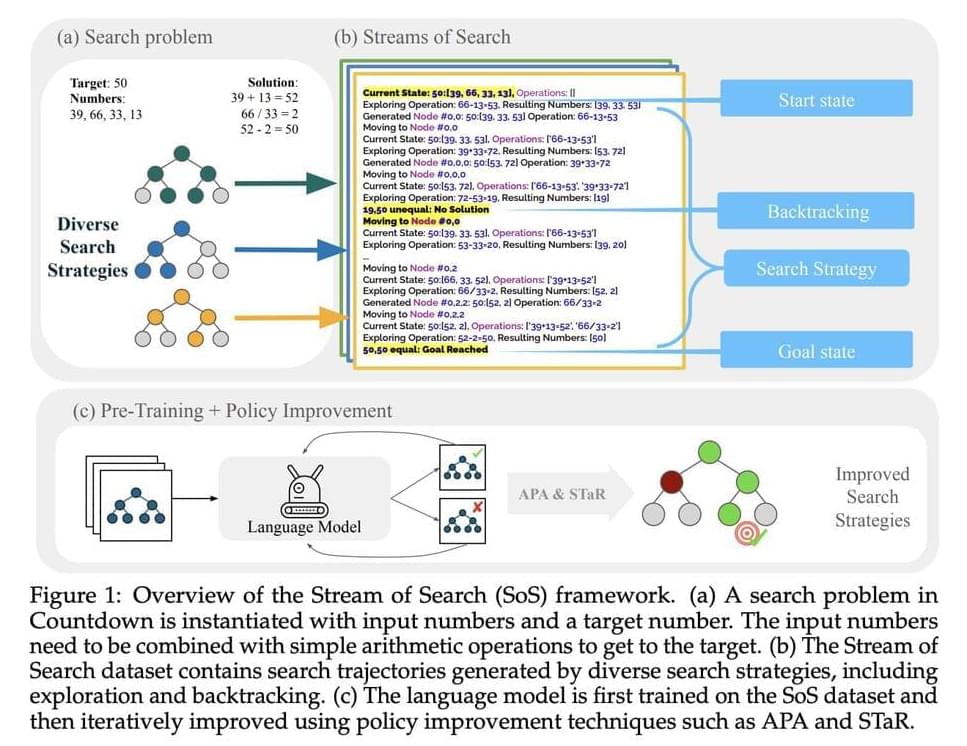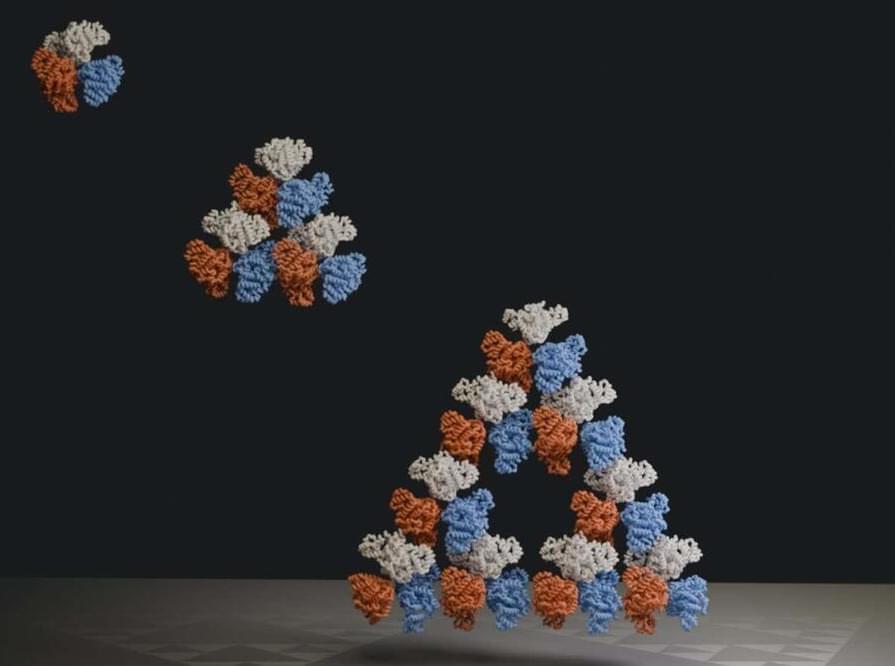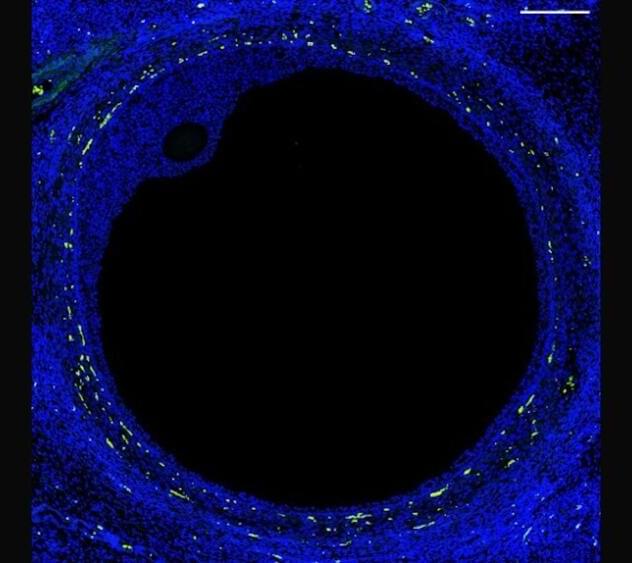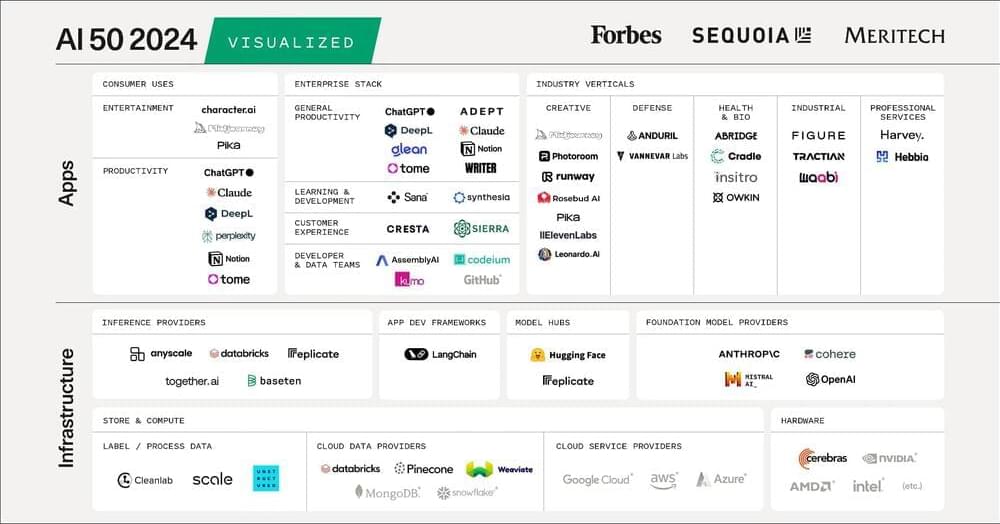Sanctuary AI announced that it will be delivering its humanoid robot to a Magna manufacturing facility. Based in Canada, with auto manufacturing facilities in Austria, Magna manufactures and assembles cars for a number of Europe’s top automakers, including Mercedes, Jaguar and BMW. As is often the nature of these deals, the parties have not disclosed how many of Sanctuary AI’s robots will be deployed.
The news follows similar deals announced by Figure and Apptronik, which are piloting their own humanoid systems with BMW and Mercedes, respectively. Agility also announced a deal with Ford at CES in January 2020, though that agreement found the American carmaker exploring the use of Digit units for last-mile deliveries. Agility has since put that functionality on the back burner, focusing on warehouse deployments through partners like Amazon.
For its part, Magna invested in Sanctuary AI back in 2021 — right around the time Elon Musk announced plans to build a humanoid robot to work in Tesla factories. The company would later dub the system “Optimus.” Vancouver-based Sanctuary unveiled its own system, Phoenix, back in May of last year. The system stands 5’7” (a pretty standard height for these machines) and weighs 155 pounds.







